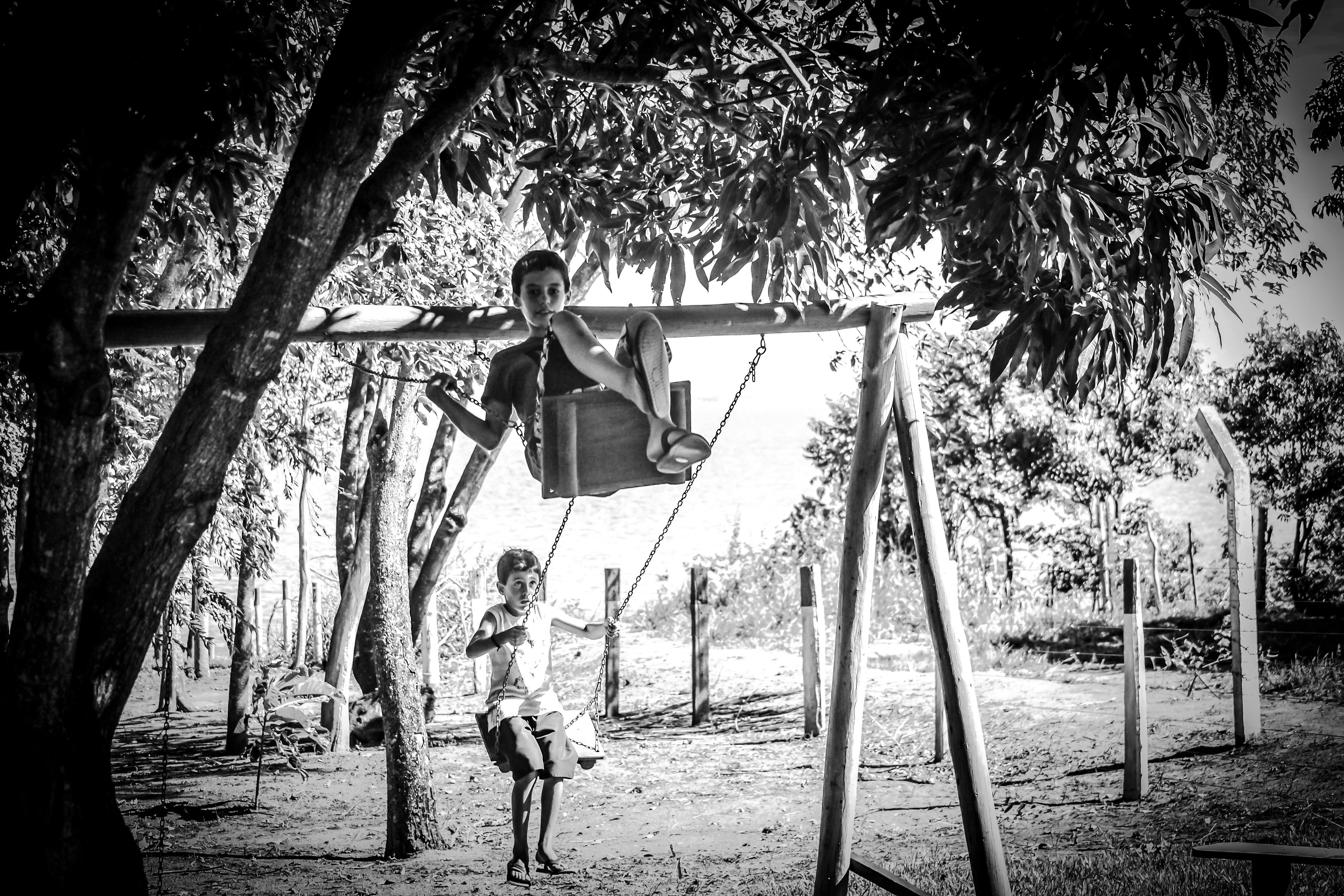Vaastu Shastra: A Misunderstood Science

Vaastushastra, as we all know, is an ancient Indian architectural science. It contains principles to ensure a harmonious balance between man and nature, which brings happiness, health, wealth and prosperity. However, as an architect, I see how people have now started practicing vastu more as a superstition than as an ancient logical science that is relevant to the modern world in a limited capacity.
Vaastushastra originated thousands of years ago in ancient India. In those days, people depended on the elements of nature to meet all their basic needs. The sun provided light and warmth, the wind provided a cool breeze, rivers and rain were the main source of water, the land provided food and shelter, and warmth and protection from fire. Thus, the principles of building science established during those days were also based purely on the effect of the elements of nature. At the time it was formulated, society was largely illiterate, and illiteracy generated fear of the unknown. Science was beyond the realm of his understanding, while religion was omnipresent. Therefore, it was easier for the ancient Vastu experts to spread the concepts of the Vastu Shastra through the intricate web of religion and superstition. Unfortunately, as time passed, only superstition leaked from generation to generation, while the real theory eluded the world.
All the ancient doctrines of Vastu Shastra may not be applicable in the current scenario as a whole. Some of the principles show particularly strong social bias, which was relevant to the social structure that existed at the time. Certainly these principles have now lost their meaning. However, the fundamentals of vastu theory are still relevant and can be adapted to the modern world.
What we must take into account is to recognize it as a logical science that has nothing to do with religion. It is true that over the years Vastu Shastra has assimilated religious connotations, but that does not seem to have been the original idea. The religious implications were probably instilled by the proponents of science, when they realized that the society of that time, being God-fearing, would not accept norms that deviated from notions of God.
To understand Vaastu, all one needs is a little knowledge of Astronomy. For example, we know that our earth, as it moves around the sun, continues to rotate on its own axis at an inclination of 23.5 degrees. As it rotates, the earth moves from west to east. You will notice that the car is designed in such a way that its front is kept lower than the rear, to allow it to overcome wind resistance when at speed. Similarly, the nose portion of the aircraft and the rocket keep tapering forward. Since our earth moves from west to east, if your building is lower in the east and higher in the west, only then will it be able to withstand the resistance of winds easily and fill with positive energy from the northeast, leading to peace. and prosperity of the inhabitants. Similarly, the Sun, as revealed by our ancestors, is the only source of light and heat for humans and other living things. Directs and sustains life on earth. Therefore, the rising Sun is like God, and its direction of departure is considered godly and is taken as a point of reference. Therefore, the effect of the direction affects the building / house built in it. Therefore, a clear understanding of the principles of science can help you to delve into the true meaning of Vastu Shastra.
It is a fact that the original Vastu principles prescribed the type of site and then specified design materials and construction techniques and instructions. In an urban setting, one can hardly indulge in choosing places to live or, for that matter, the address of choice. (I myself live in an apartment in a building, which barely confirms most of Vastu’s rules, but even without being immodest, I can say that I am healthier and richer than many of my clients I mentioned above.) Vastu-level implications for contemporary needs, logically, not superstitiously.
Vastu Shastra cannot be directly linked to prosperity. It only suggests ways that we can live in tune with the laws of nature so that we can be healthy and at peace and work efficiently. Ancient Vastu Shastra texts have probably claimed to bring prosperity, as an indirect consequence of being able to perform well at home and at work.
I would like to emphasize that no matter how fearful you are of God, you should not feel threatened by Vastu Shastra because it is a science. Science does not condemn God or refute his identity. Vastu Shastra is the science of structure, formulated to help us live in harmony with nature. It does not provide solutions to your domestic or financial problems.
Vaastu Shastra evolved as a compilation of planning principles for a healthy life based on the knowledge base of the time (similar to Western treatises such as Vitruvian’s) and was not intended to be absolute. In recent years, it has regained popularity in the mainstream, and there are several Vastu ‘consultants’ in India, some dubious, some genuine. Unfortunately, once again, many of the modern exponents of Vastu are exploiting the ignorance and credulity of the layman.